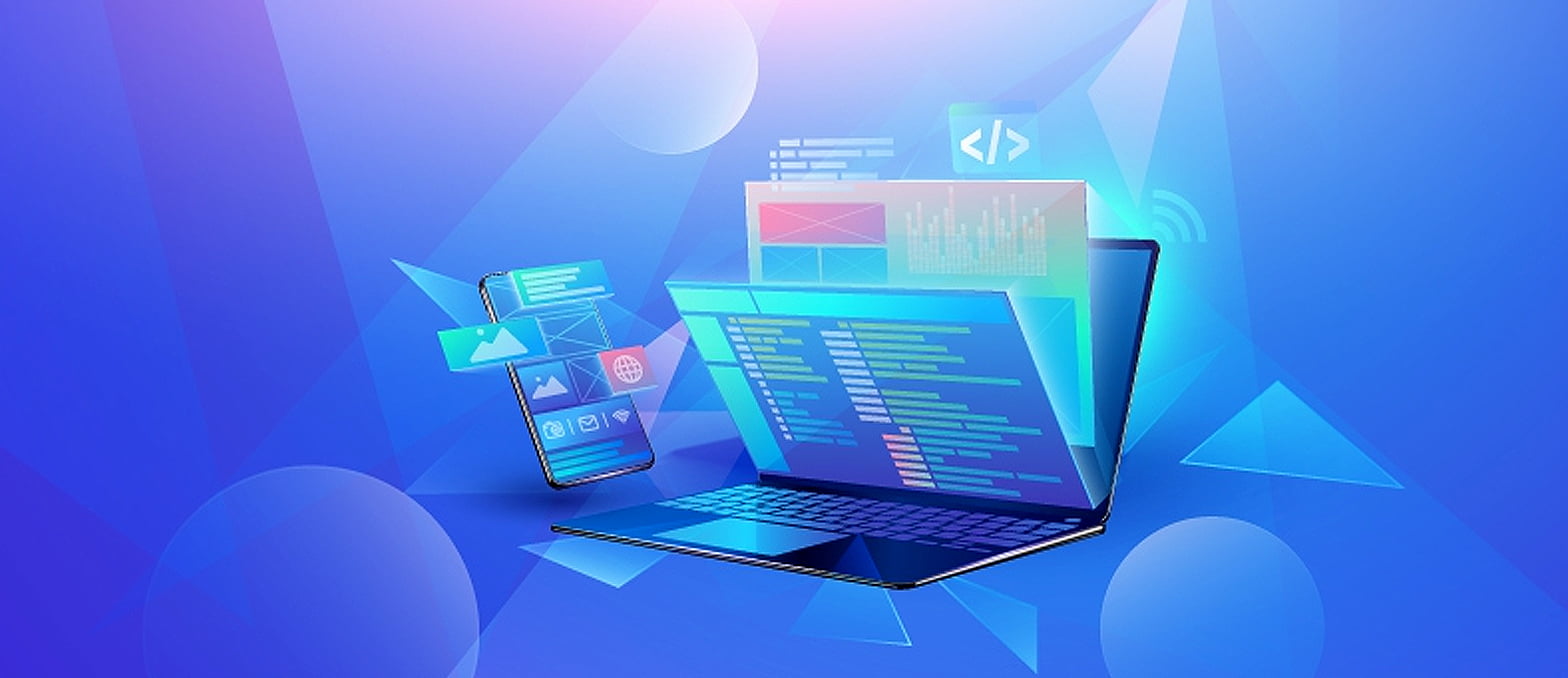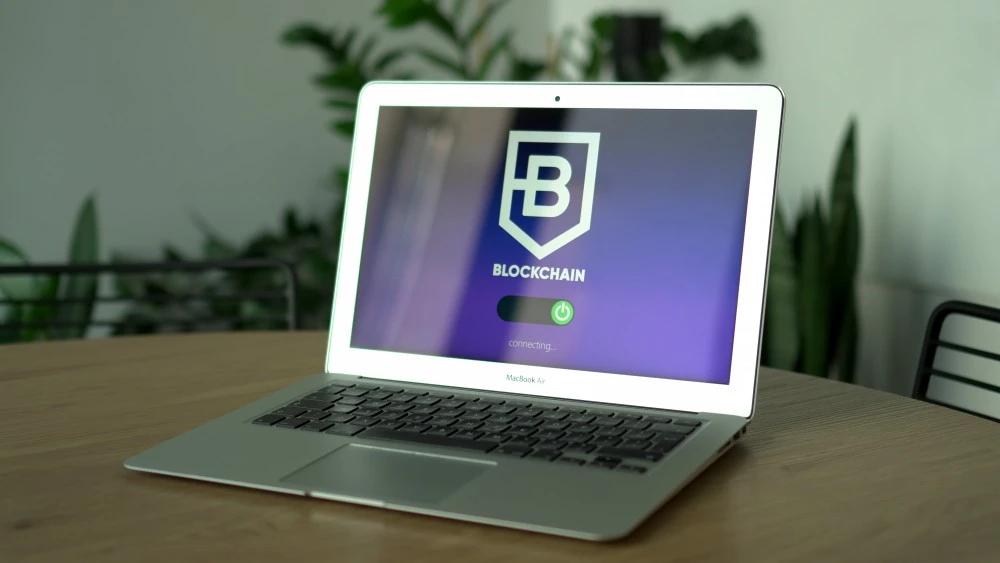Today, most companies are looking to optimize their supply chain operations with new technology solutions like IoT sensors, cloud computing, artificial intelligence, GIS mapping and more. The advent of smart transportation solutions has led to the gradual rise of digital twin technology in the supply chain sphere.
But, if you would mention the term “digital twin” to supply chain experts – you would get a reaction somewhere between excitement and frustration. Excitement because digital twin as a technology has the potential to optimize supply chain drastically. And frustration because the pace of execution and adoption is much slower in industry. But, it is set for a transition now. Research data claims that the digital twin market will be worth $35.8 billion by 2025 at a CAGR of 45.4 per cent.
As a shipping & logistics business owner, adoption of digital twin technology to optimize your supply chain is a worthy idea today. But, understanding how it works and the areas where you can apply it is important too.
The article will help you understand how to apply digital twins for logistics and supply chain operations. Here’s what you’ll learn going through the article
- What is Digital Twin?
- How Does Digital Twin Technology Work?
- Technologies That Powers Supply Chain Digital Twin?
- How to Apply Digital Twin in Logistics & Supply Chain?
- How to Decide Whether Digital Twin is Right for Your Business?
- Digital Twin is Future of Supply Chain Management
Table of Contents
What is Digital Twin Technology?
In simplest terms, a digital twin is a virtual model of any real-world object, asset, process or service. However, unlike other computer simulation models or processes, it is more dynamic, as data flows from IoT devices and is then analyzed using AI-tools to monitor the current state of any product.
If we talk about logistics specifically, a digital twin is a virtual supply chain replica of the real-world supply chain network consisting of hundreds of assets, warehouses, material flows and inventory positions. It combines the sensor data and predictive models to forecast customer demand and optimize supply chain operations.
How Does it Work?
A bigger question to ask here would be “what is the difference between digital simulation and digital twin?”
You must understand that other digital simulation models create a replica of a real-world physical object. This is based on the idea of “what could happen in future” by making predictions. Whereas, the digital twin represents the actual events of the physical world.
For example, using digital simulation models, supply chain planners can only simulate multiple scenarios to analyze the impact of logistics disruption on production stability. While a digital twin allows them to visualize and analyze real-world scenarios to make correct decisions.
Unique Features of Digital Twin Technology
There is no perfect definition of what constitutes a digital twin exactly, many companies are using a range of pre-existing 3D modelling, simulation and asset tracking to add “digital twin label” for their products to gather attention.
The attributes or characteristics that differentiate digital twin from other types of computer model or simulation include:
- Reflects both the physical state and behavior of a physical object
- Represents only a single, specific instance of a physical object
- Update itself with change in linked object state or condition
- Provides value through visualization, analysis or optimization.
- Continuously gather data from IoT sensors.
Examples of Digital Twin
If we discuss real-world examples, many businesses from industries like aviation, manufacturing, aerospace engineering, etc. are implementing digital twins. Take NASA, for example, it’s aerospace engineers are using digital twins from the past 50 years to test and refine the recovery strategies for their spacecraft. The rescue operation of Apollo 13 is a famous example of digital twin usage. Automobile giant GE motors also use the digital twin tech to create simulation models for its Boeing engines.
Earlier the cost and complexity involved in digital twin tech limited its usage across industries. But the situation is changing now. Many enterprise software companies are taking interest in this lucrative space. These firms have the underlying technology like AI, IoT and cloud computing along with enterprise security capabilities to create digital twin solutions.
Technologies That Powers Supply Chain Digital Twins
Internet of Things (IoT): The rapid adoption of IoT across industries is a major reason for digital twin growth. High-precision sensors continuously collect machine data, state and condition of physical objects for its digital twin via wireless networks.
Cloud Computing: Thanks to the falling cost of SaaS solutions, storing and processing large volumes of machine data for digital twins is getting possible in real-time.
Artificial Intelligence: Improvement in data analytics tools now enable companies to analyze historical and real-time data with machine learning frameworks to predict future scenarios faster using a digital twin.
GIS: When moving goods from one place to another, a supply chain digital twin needs GIS data and accurate images.
Augmented and Virtual Reality: AR/VR has taken most industries by storm today as it helps them render 2D or 3D scenarios based on the analytical data insights received via digital twin or other simulation models.
Open APIs: It is used to extract, share or harmonize data from multiple systems to create a single digital twin.
How to Apply Digital Twin for Logistics and Supply Chain Improvement
Digital twins might not have achieved widespread adoption in logistics. But, many enabling technologies are already available for replicating the entire supply chain via digital twin. The industry is moving towards cloud solutions while embracing AR/VR applications for tasks like warehouse picking and vehicle loading. These tasks clearly show that the creation of a digital twin will benefit logistics businesses.
Digital twins for supply chain replication can help you cut costs, forecast demand and provide value to customers. Using AI and data analytics, the digital chain provides data-driven insights to help you anticipate supply chain risks, perform scenario planning and achieve higher throughput with enhanced service levels.
Here are some of the most innovative ways of how you can apply digital twin to optimize your logistics operations:
Monitor the Performance of Packaging Material and Shipping Containers
Single-use packaging is a long-standing environment issue. By using digital twins for products, you can conceptualize product packaging in digital space to identify improvements. Also, producers can avoid packaging material that degrades the ecosphere and choose sustainable materials. Companies like IKEA are already using sustainable mushroom-based material for product packaging.
Further, you can use digital twins for planning container capacity before loading it. Optimizing loads for the entire truck fleet or cargo ships can save lots of money for you. Also, you can monitor the container state or condition by receiving data from connected sensors. It will help you find causes of damage and track possible losses.
Improve Shipment Protection
Minimize product or shipment damage by combining product and packaging data under digital twin. This data will help you with minimizing damage by identifying packaging and shipment container issues.
Data from multiple routes are gathered by digital twins during movement of goods to analyze recurring trends or issues. This will help you analyze how your supply chain is performing while safeguarding it from possible disruptions.
3D Modelling to Create Smart Warehouses and Distribution Centers
You can create 3D models of your distribution centers or warehouses with moving objects inside. This will be pretty handy in planning inventory location, tracking left supplies and optimizing routes for loaders. You can also evaluate the impact of layout, equipment or process changes on your logistics operations before you make the actual change.
Also, stay ahead of the curve, by using advanced tools like AR/VR training tools, Google Glass or Microsoft Hollo lens, etc. for warehouse operations.
Benefits of Digital Twin powered Smart Warehouses
- Better resource planning & workload allocation
- Higher efficiency and operational performance
- Real-time monitoring of sites with security alerts
- Monitor temperature in real-time
- Full path visibility for slotting optimization
- Improved decision making based on real-time data
- Improved MHE safety with proximity sensors
Improve Operations Management at International Hubs
Warehouses and distribution centers are just a part of the entire logistics infrastructure. Delivery of goods from source to the destination depends upon shipment trucks, cargos, order system, and above all, people. This complex, multi-stakeholder environment can be seen at international logistics hubs such as cargo ports. Fleet management can be improved drastically at these ports with digital twins in place.
A prominent example is evident in Singapore, where the local state transport has established a Centre of Excellence (CoE) for modelling and simulating the next-generation ports. Simulation analytics and AI will be applied by COE to create a digital twin of Tuas Terminal for improving port operations.
Create A Global Logistics Network
The most noteworthy application of digital twin technology is the replication of the entire supply chain and logistics network. Yes, with support of other technology solutions like IoT sensors, communication networks, modern GIS systems, autonomous vehicles and Artificial intelligence – you can create an ultimate digital twin of the entire logistics network. Such a network will comprise storage facilities, transportation modes and all delivery assets. Additionally, it will be connected with a digital map of oceans, rail networks and customer homes or workplaces.
Digital Twin is the Future of Supply Chain Management
According to Gartner, nearly 50% of the large enterprises will be using digital twins by 2021, resulting in up to 10% production improvement. Although, implementing digital twins will require highly level-planning, integration and technology expertise. Both startups and enterprises can control and transform their supply chain operations at all levels with digital twins in place.
For potential adopters of logistics digital twin’s technology, it’s important to work with a reliable and experienced IT consulting and technology solution provider. Connect with us at A3logics to tap into our technical expertise and industry knowledge we’ve been offering to our clients since 2003.





